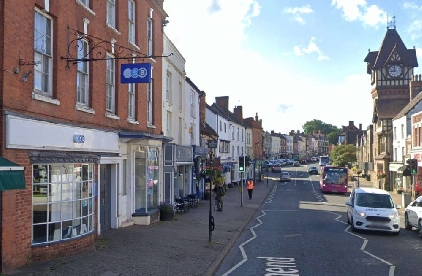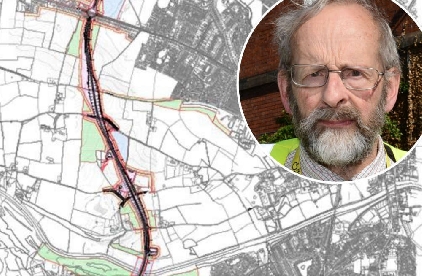
Herefordshire must decide how best to use land freed up by having fewer cows and sheep.
This was the message to the county’s new Climate Change Assembly from one of a series of expert briefings during its first month of sitting.
Andrew Prentis, an environmental and sustainability consultant and former vet, said that farming is responsible for nearly two-thirds of
Herefordshire’s greenhouse gas emissions, much of that in the form of methane and nitrous oxide rather than carbon dioxide.
But meat consumption in the UK has already dropped 17 per cent over the last 10 years, Mr Prentis said, while the National Food Strategy, prepared for the Government last year, says meat consumption should reduce by another 30 per cent in the decade ahead.
“These are huge changes in our national diet that will inevitably have a huge impact on Herefordshire – the demand for pasture could reduce by as much as 35 per cent,” he said.
Under such a scenario, the area of the county under pasture could drop from 50 per cent in 2007 to just 30 per cent by 2030.
“We could therefore produce much more crops instead,” Mr Prentis said.
“But if we were continue to produce the same amount of crops, then suddenly we have a big chunk of land that we could put trees on, rewild, or cover in photovoltaic cells.”
Putting trees on this freed-up land could bring a 60 per cent drop in Herefordshire farming’s carbon footprint, he pointed out.
The post-Brexit winding down of production subsidies to farms has already begun and will be complete by 2027, to be replaced by environmental land management schemes.
On top of this, the “stranglehold” of supermarkets on food supply “puts farmers in a worse position” as they cannot expect to earn any more from the produce they sell, he said.
The first six sessions of the Herefordshire Citizens’ Climate Assembly are being held remotely this month.
Made up 48 randomly selected members of the public, the assembly will make recommendations on the council’s policy and spending priorities as it strives to become a zero-carbon, nature-rich county by 2030.


 Bank commits to staying in Ledbury
Bank commits to staying in Ledbury
 Crews tackle LGV fire in Brimfield
Crews tackle LGV fire in Brimfield
 Revived Herefordshire bypass plan and new homes will simply create more traffic, campaigners claim
Revived Herefordshire bypass plan and new homes will simply create more traffic, campaigners claim
 Kula Shaker among acts announced for Lakefest 2025
Kula Shaker among acts announced for Lakefest 2025
 Residents urged to give views on policing
Residents urged to give views on policing
 West Mercia Police officer sacked
West Mercia Police officer sacked
 Man dies following crash on A465
Man dies following crash on A465
 County leaders ‘protest too much’ over government cuts to Herefordshire
County leaders ‘protest too much’ over government cuts to Herefordshire

